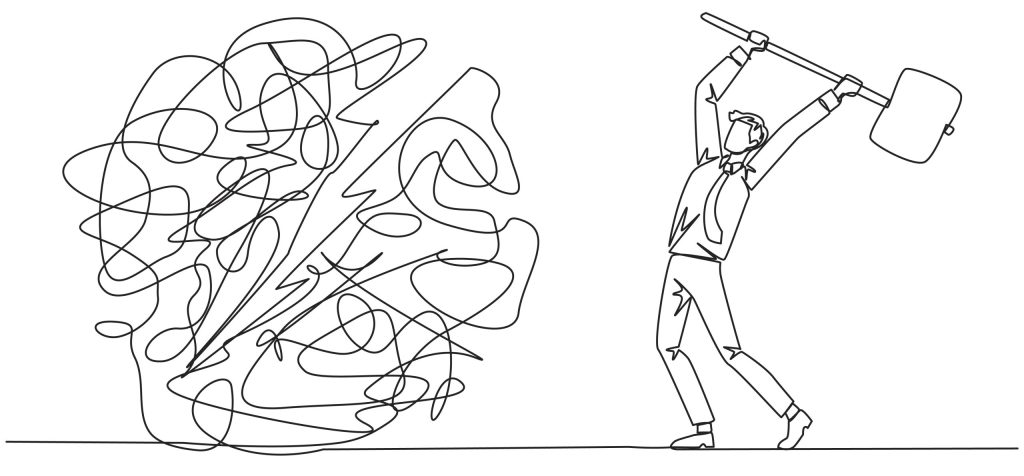Case Studies and Reflective Tools
Case Study: No, That’s Why Your People Are Here

When I was working as the Early Childhood Advisor for the Y of Metro Chicago’s Early Head Start Program, part of my job was to both facilitate and participate in communities of practice focused on increasing equity in our early childhood curriculum. As I’ve mentioned, I am a White woman. At the time, I worked at the Y, and I was in my late thirties. All of the Early Head Start teachers and program administrators were Black or Latine women, most in their late forties or early fifties, with many more years of experience than I had in the field. One day during our community of practice, we were having small group discussions about religion. We were grappling with how to create religiously inclusive classroom environments that didn’t prioritize one religion’s holidays and practices over another’s. I said, “I think that it’s so interesting that religion is such a hard topic to talk about in schools when freedom of expression is why we’re all here in the first place.” My colleague, Atena, looked right at me and very calmly but firmly said, “No, Megan. That’s why your people are here.” I immediately realized how centered in my White identity my comment had been and responded, “ Thank you, Atena, for reminding me. I apologize.”
Questions for Reflection
- When this interaction occurred, I was working as the early childhood advisor, a role that required me to engage teachers and administrators in professional development and coaching sessions to improve their teaching and leadership practices. I would use the layers of racism framework to explain how, as one of the only White women at the organization, I was hired into a position with more power and a larger salary than the Black and Latine woman with more experience but less formal education who worked with me.
- My statement about how Americans are all here because our country was founded on the principles of religious freedom is a reflection of my own public education and my life experiences. How do you think that structural racism contributed to my lack of consideration for how people of other races and ethnic backgrounds came to live in the United States?
- What were the implicit biases and knowledge gaps that my comment brought to the surface?
- What did I do right during this interaction?
- When I tell this story, people often focus on how I must have felt in the moment and express empathy for me. Some even suggest that Atena should have approached me privately to talk to me about my statement so that I wasn’t embarrassed in front of the teachers that I coached (I don’t agree. I think that Atena did me a kindness by helping me see how my thinking centered on the White experience).
- Consider what you’ve learned about the founding of the United States.
- Why do you think that people tend to focus on my feelings about the interaction?
- How do you think that Atena may have felt during this interaction?
- What did you learn in school (either K-12 or in college) about the racial, ethnic, and cultural groups with whom you work? How does what you learned (or didn’t learn) impact your understanding of your clients’ lived experiences?
- What stories were you told in school and at home about how “your” people got here (those who share your racial or ethnic identity)?
- What did you learn about how people other than you came to be American or live in the United States?
- What groups of people were missing from your school’s American history curriculum?
- How do you see the layers of racism play out in whose stories were told in your history classes and how they were told?
Resources
American History
A People’s History of the American Empire: A Graphic Adaptation Adapted by Paul Buhle & Mike Konpacki
A Black Woman’s History of the United States by Daina Ramey Barry & Kali Nicole Gross
Curriculum Erasure
Article: It Stayed With Me
Forced Migration
Video: Aaron Morris Reads We Came To America: Faith Ringgold Story Time
Children’s Book: The 1619 Project: Born on the Water by Nikole Hannah-Jones & Renee Watson Illustrated by Nikkolas Smith
Web Link: Center for Migration Studies

